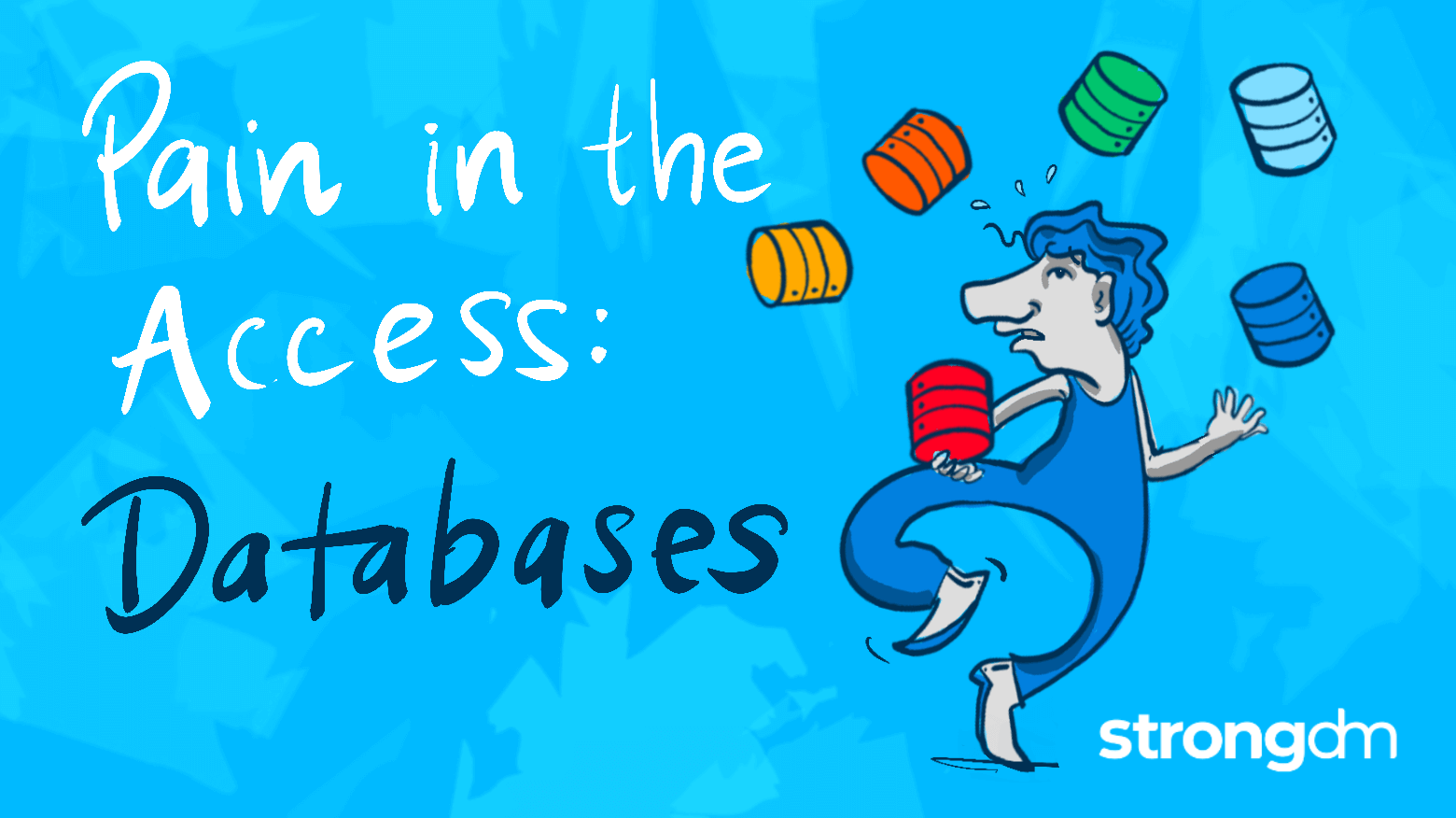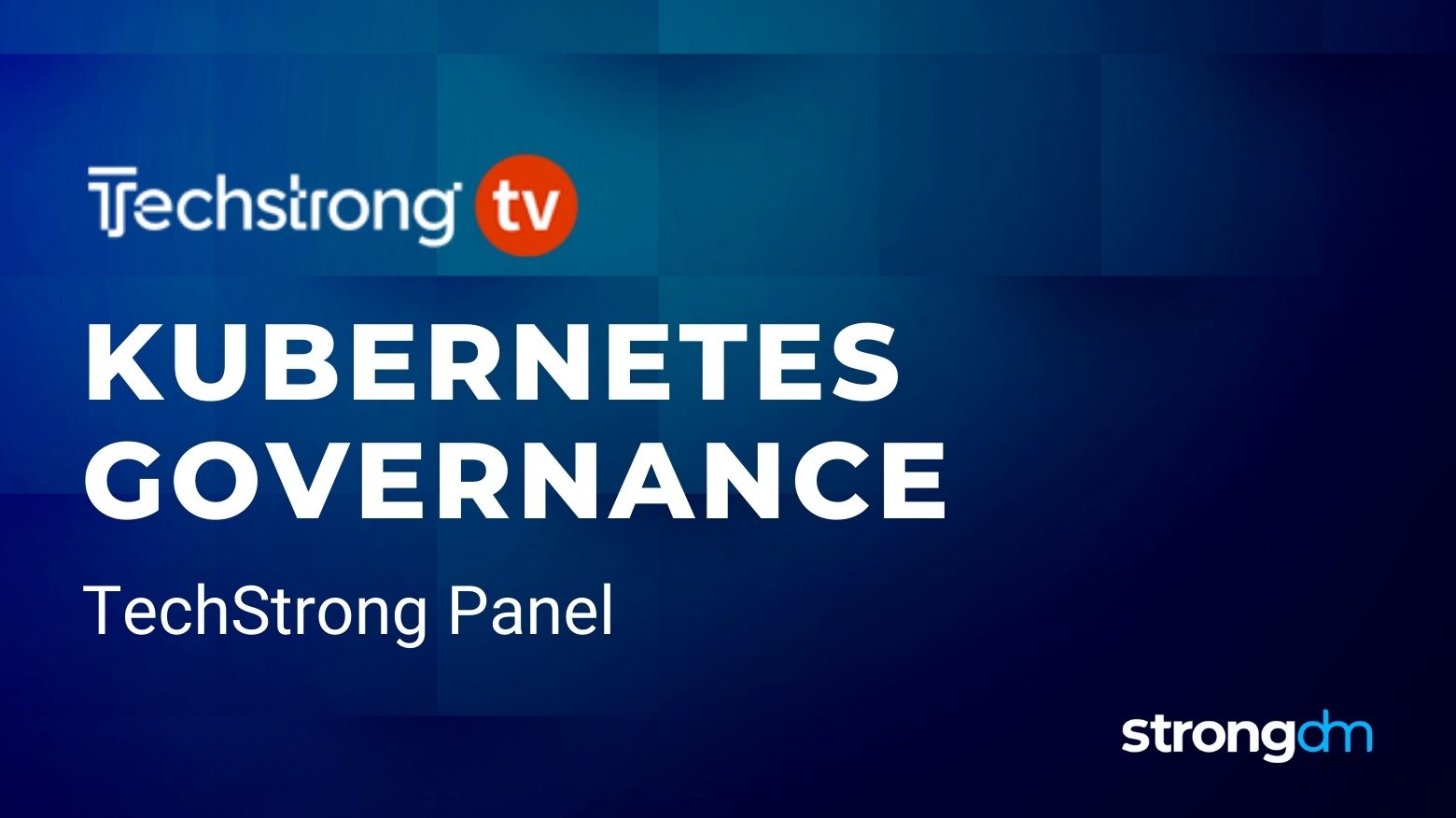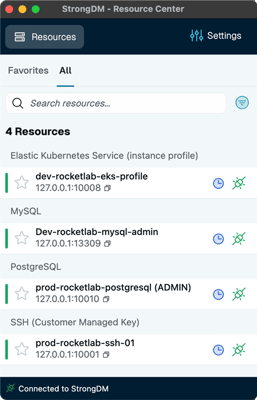The number and complexity of databases that every organization must manage has skyrocketed. If you need access - or need to provide it - it can sure be a pain in the access to manage.
Posts by Category:
- Security
- Access
- DevOps
- Privileged Access Management
- Auditing
- Zero Trust
- Compliance
- Policy
- Databases
- SOC 2
- Authentication
- Identity and Access Management
- Team
- Compare
- Engineering
- Integrations
- Product
- Kubernetes
- AWS
- Productivity
- Podcasts
- SSH
- Observability
- HIPAA
- ISO 27001
- Role-Based Access Control
- Dynamic Access Management
- Secure Access Service Edge
- Webinars
- Events
- NIST
- Onboarding
- Passwordless
- Offsites
- Platform
- PCI
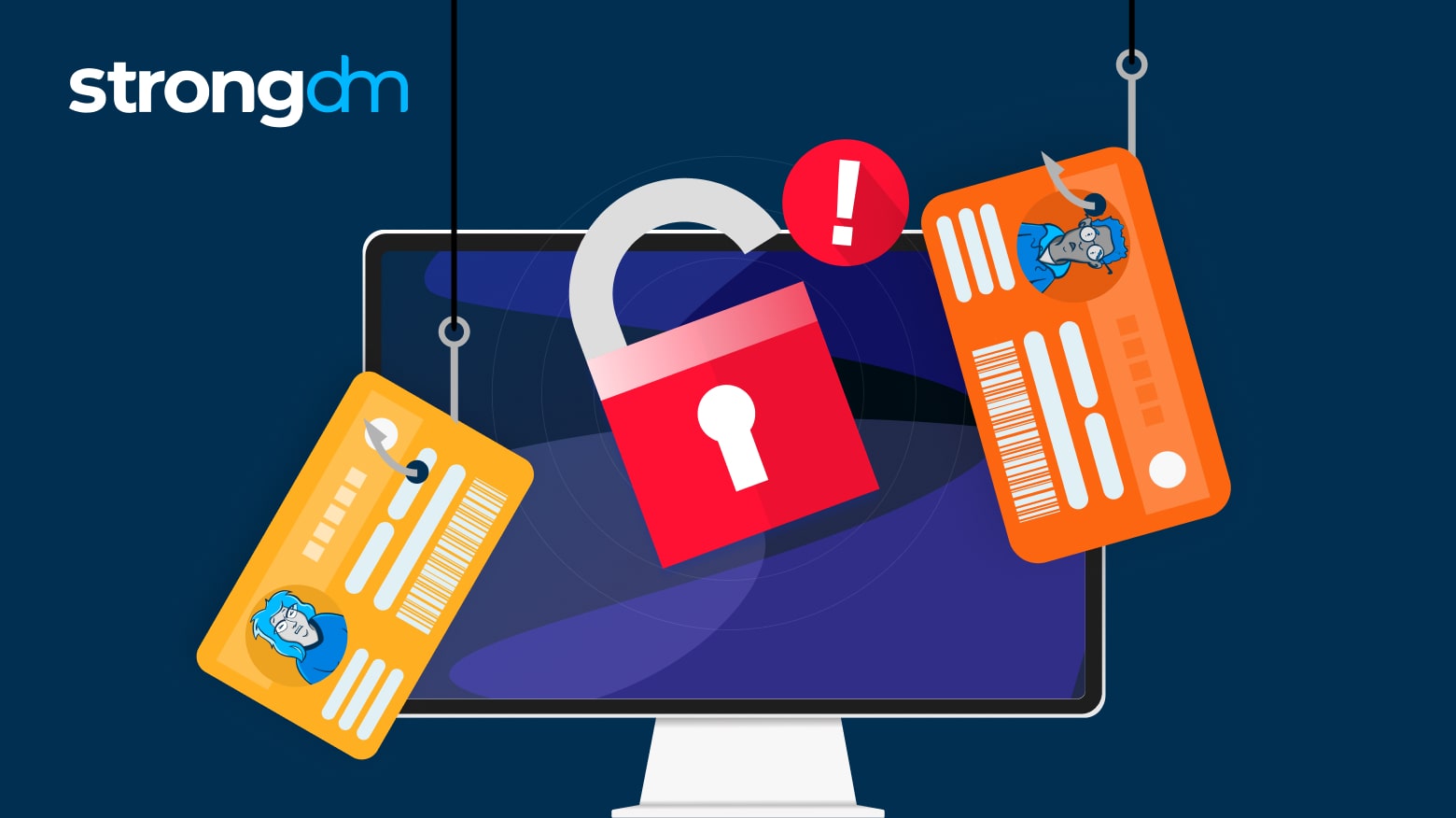
In this article, we’ll explore what data exfiltration is, the difference between exfiltration of data and data leakage, and how to detect data exfiltration. You’ll learn the dangers of data exfiltration in cybersecurity, data exfiltration examples, and the types of exfiltrated data that malicious actors target most. By the end of this article, you’ll know what causes data exfiltration, common data exfiltration tactics, and how to prevent data exfiltration in your organization.
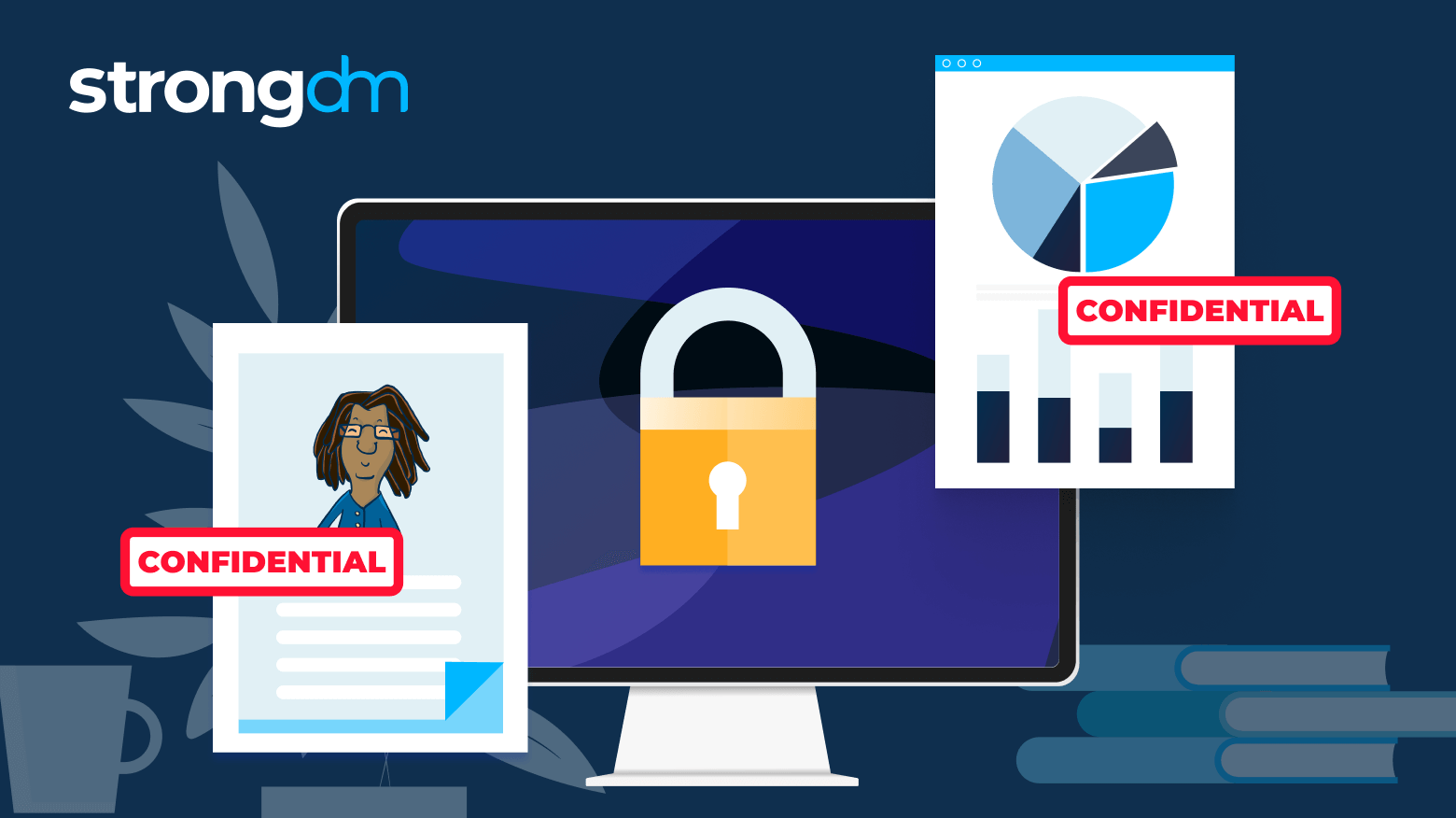
In this article, we cover the sensitive data definition and the main risks associated with it. You'll see real sensitive information examples and learn how sensitive data differs from personal data. By the end of this article, you'll understand what data is sensitive and how to protect it against cyber risks and exposures.
![How Better Access Improves Productivity of Tech Staff [New Research]](https://discover.strongdm.com/hubfs/better-access-improves-productivity-of-tech-staff.png)
Have you ever wondered how access impacts your productivity? If you're like most technical staff, the sum of hours lost adds up quickly across teams. It makes sense though. The longer it takes for you to access the systems you need, the less productive you are on any given day. And what happens when that access is too difficult to get? We found that teams typically set up workarounds.
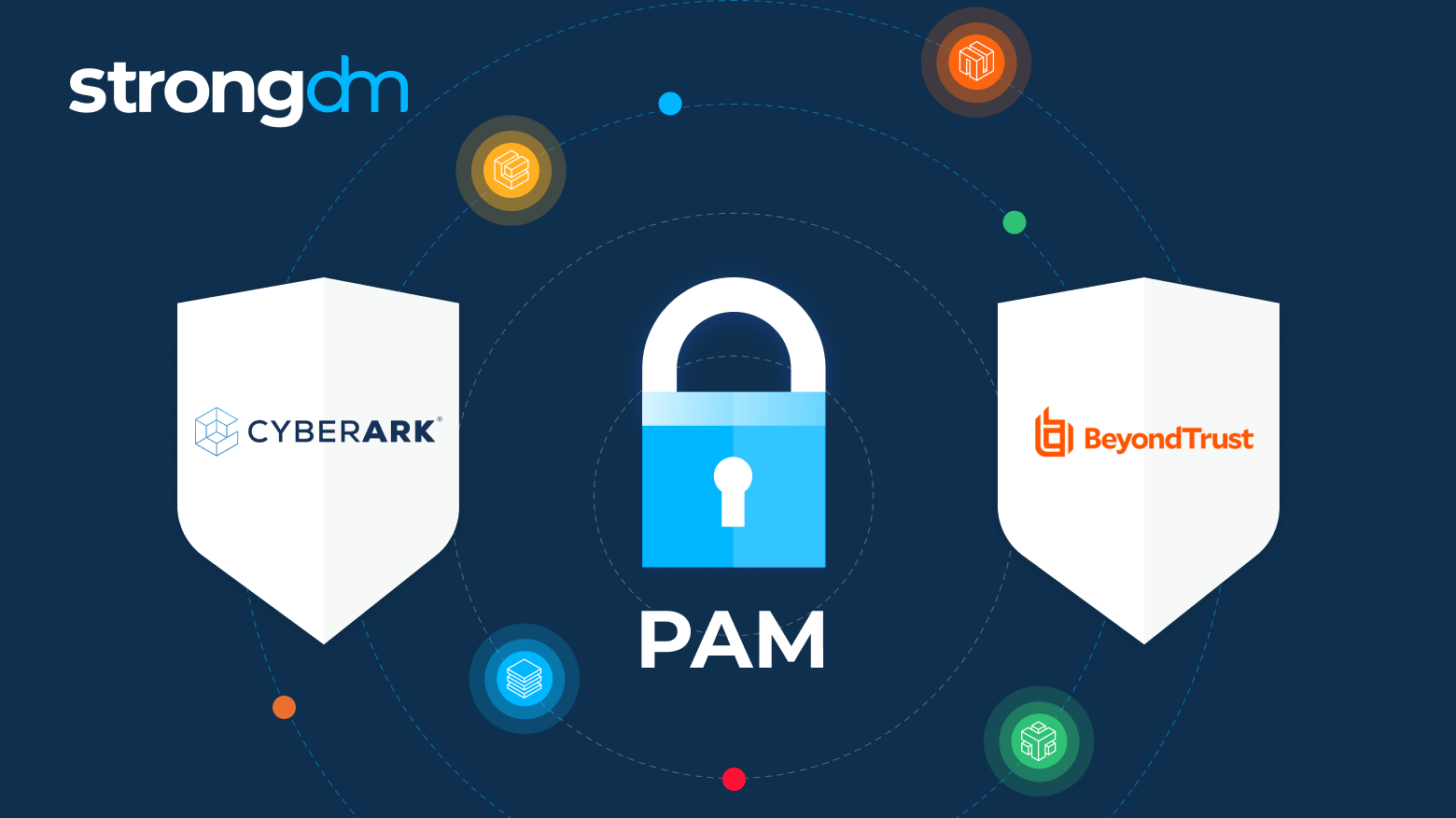
This article compares two Privileged Access Management (PAM) solutions, CyberArk vs. BeyondTrust. It takes a closer look at what these two PAM products are, how they work, and what may make them fit well with your organization. We’ll explore product summaries, use cases, pros and cons, PAM features, and pricing. By the time you’re done reading this article, you’ll have a clear understanding of how these PAM tools operate and be able to choose the one that will work best for you.
ManageEngine’s PAM360 gives system administrators a centralized way to manage and audit user and privileged accounts within network resources. However, teams that need to manage secure access to Kubernetes environments or enforce password policies within their privileged access management (PAM) system may want to consider other options. This blog post will cover ManageEngine PAM 360 and some solid alternatives, along with the pros and cons of each.
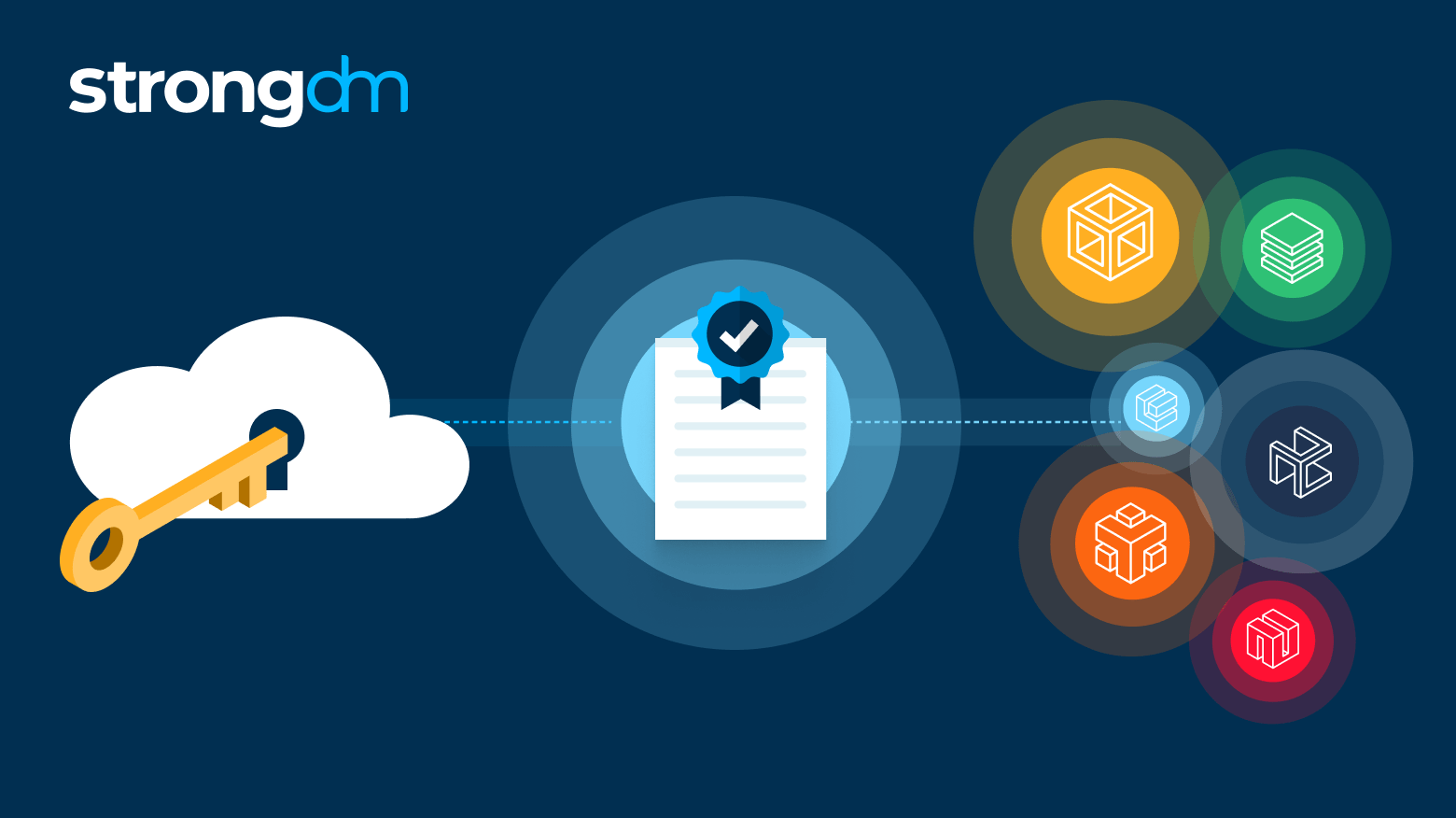
In this article, we'll cover machine identities and address the importance and challenges in machine identity management. You'll gain a complete understanding of how machine identity management works and see the concept in action through real-world examples. By the end of this article, you'll be able to answer in-depth: what is machine identity management?
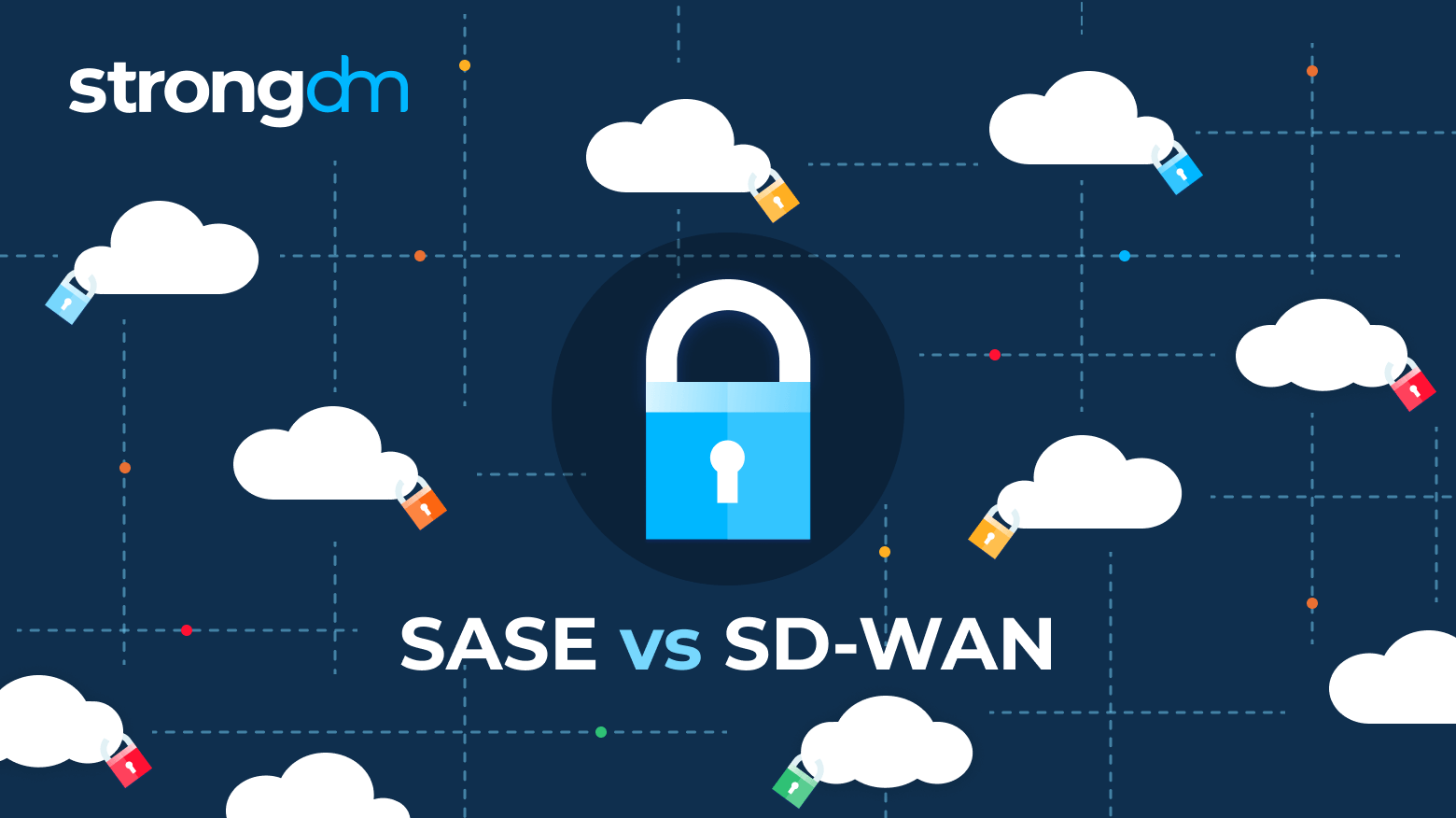
SASE is a cloud-based network security solution, whereas SD-WAN is a network virtualization solution. SASE can be delivered as a service, making it more scalable and resilient than SD-WAN. Additionally, SASE offers more comprehensive security features than SD-WAN, including Zero Trust security and built-in protection against Distributed Denial-of-Service (DDoS) attacks.
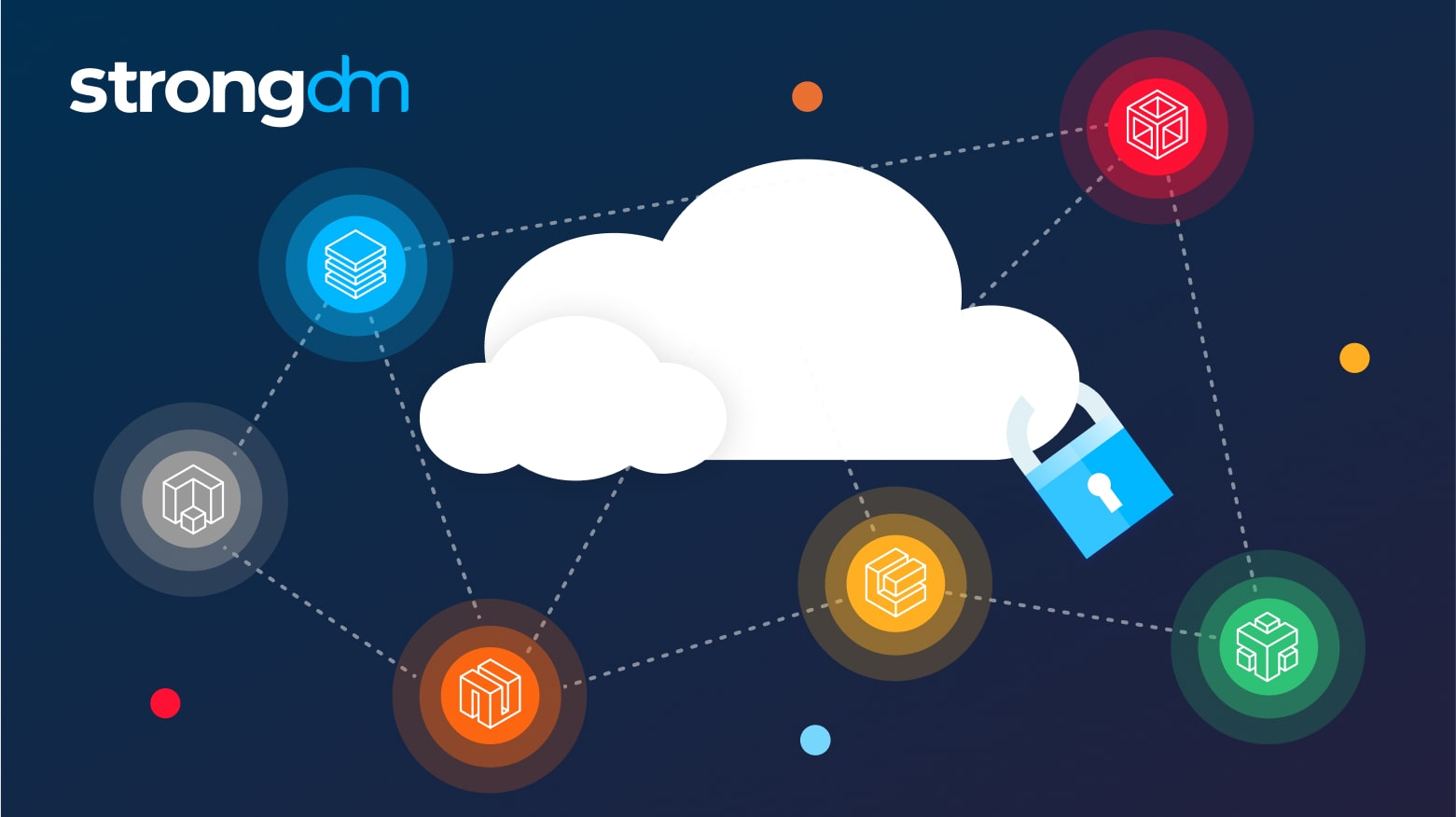
In this article, we’ll take a big-picture look at how SASE and CASB solutions fit into the enterprise security landscape. We'll explore the key differences between SASE and CASB and explain how each tool helps ensure enterprise security. You will gain an understanding of how SASE and CASB solutions compare and which might be suitable for your organization.
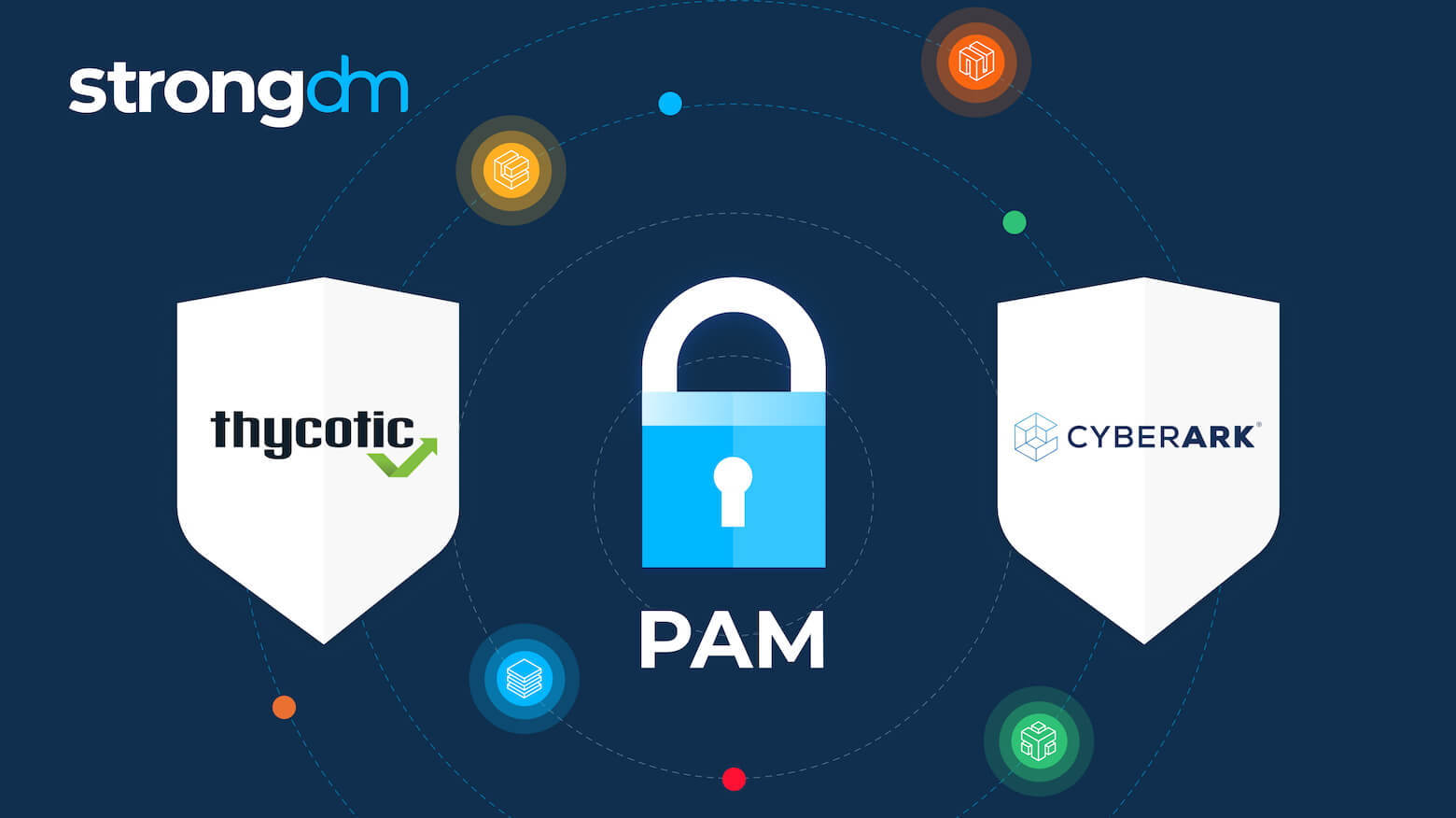
In this article, we’ll compare two Privileged Access Management (PAM) solutions: CyberArk vs. Thycotic, with a closer look at what they are, how they work, and which will best fit your organization. We’ll explore product summaries, use cases, pros and cons, PAM features, and pricing to that by the end of this article, you’ll have a clearer understanding of how these PAM tools work and be able to choose the one that’s right for you.
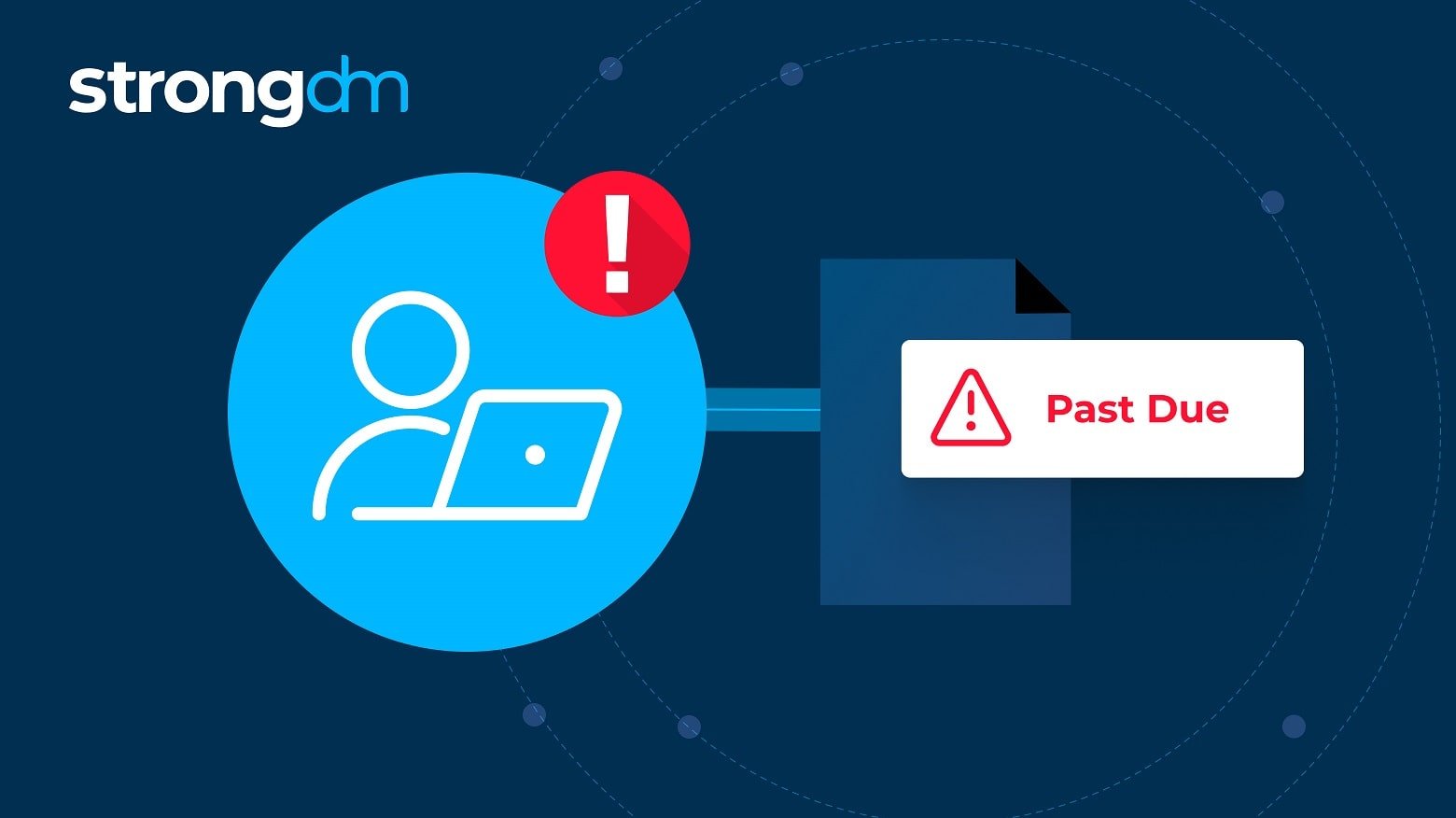
We Surveyed 600 U.S. Tech Workers: Here's What We Learned About The Impact of Access on Productivity
We surveyed a total of 600 IT, Security, and DevOps professionals from all over the United States, representing organizations of virtually every size to better understand how access impacts productivity and security.
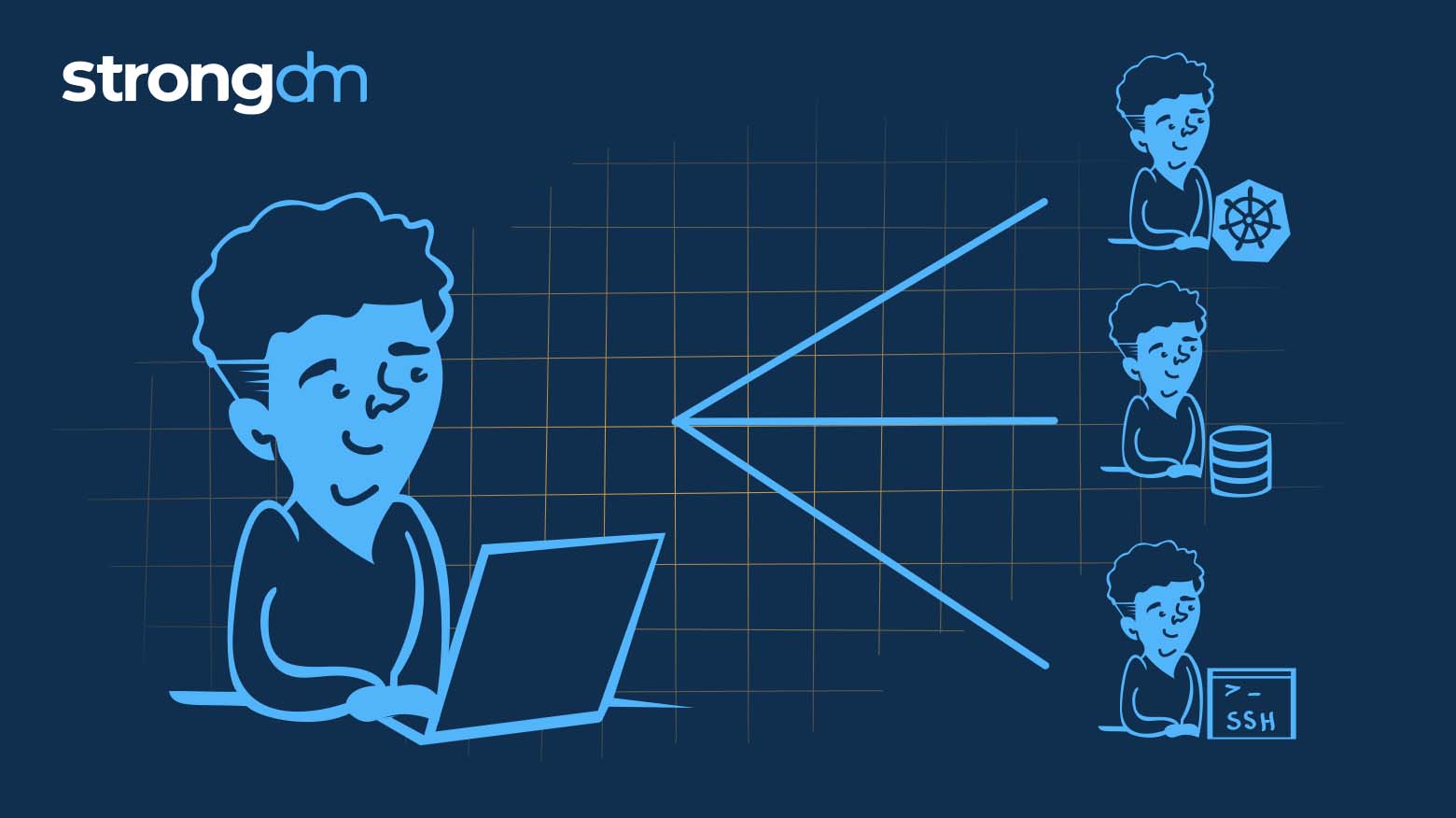
Learn how Remote Identities helps you leverage SSH and k8s capabilities to capitalize on infrastructure workflow investments you’ve already made.
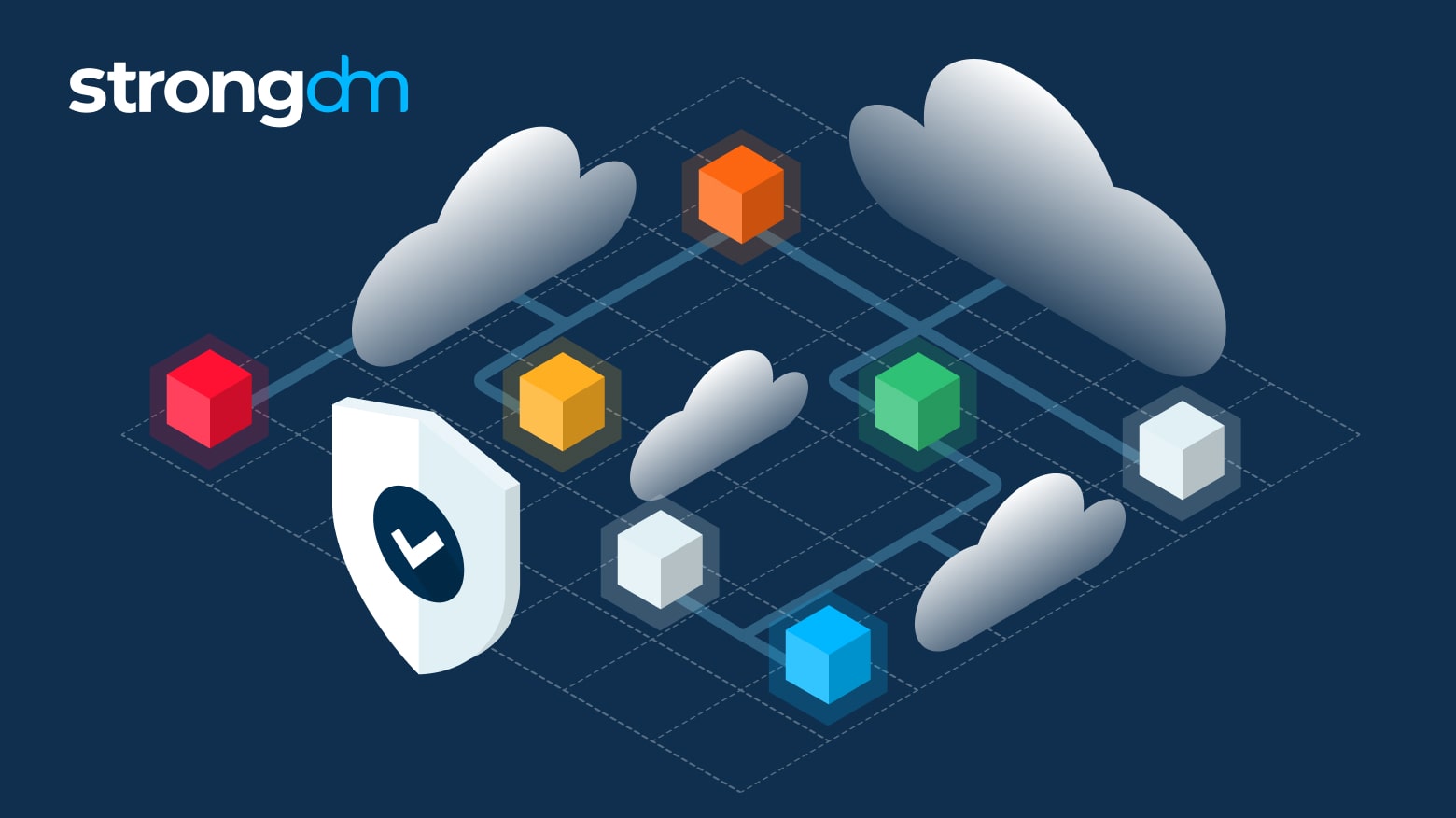
In this article, we will broadly examine cloud infrastructure security and explain how a strong cloud security posture benefits organizations. You’ll learn what the top three most costly cloud infrastructure security mistakes are and how to avoid them. By the end of this article, you’ll have a clearer understanding of how cloud infrastructure security works, why it is important, and how to secure cloud infrastructure in order to protect critical IT assets, sensitive data, and intellectual
